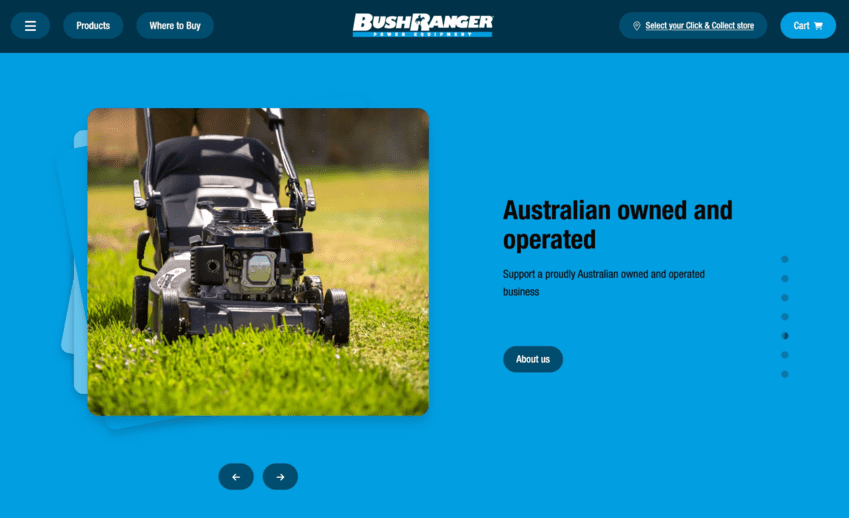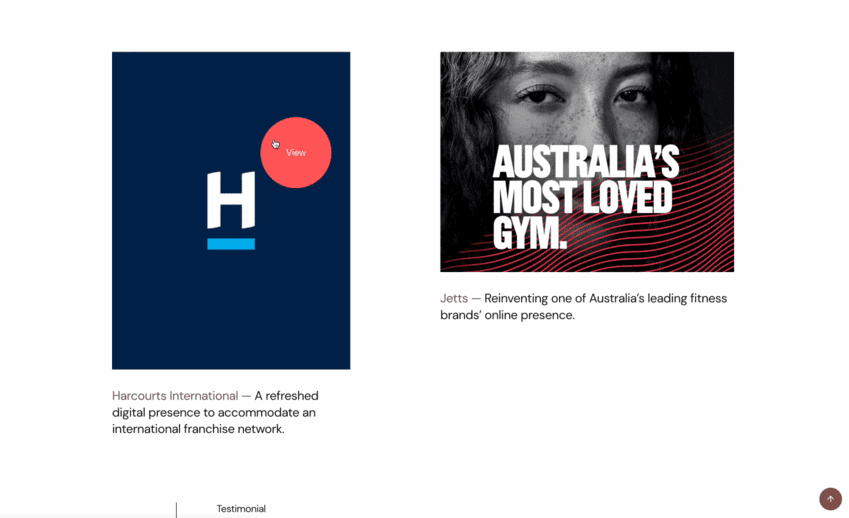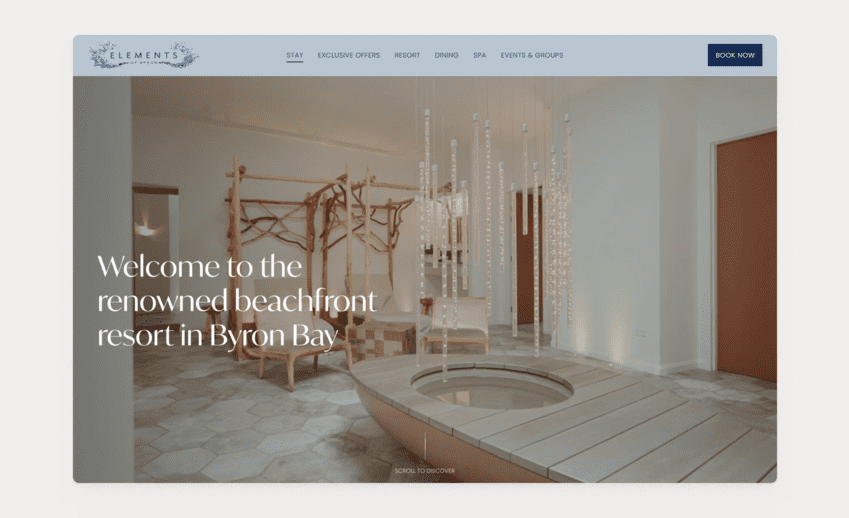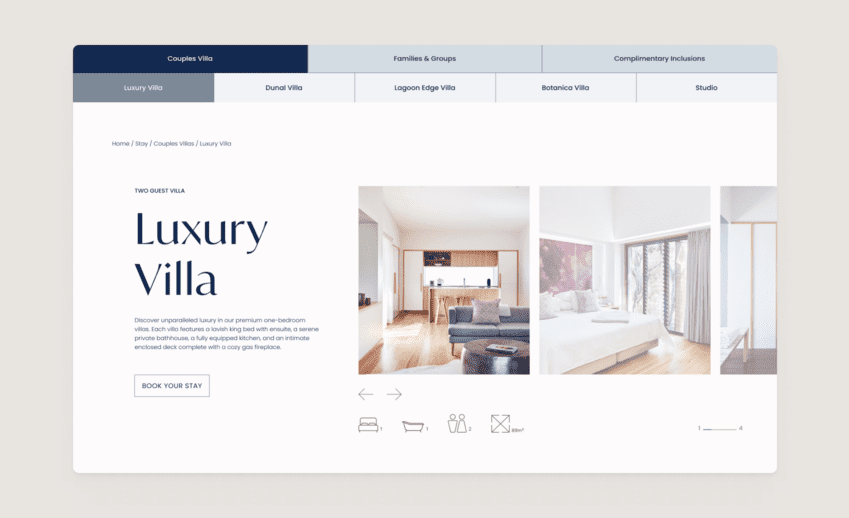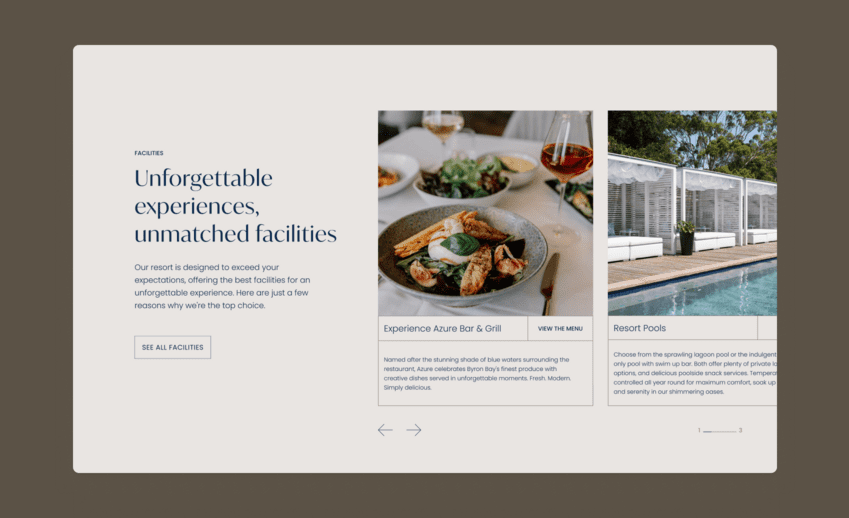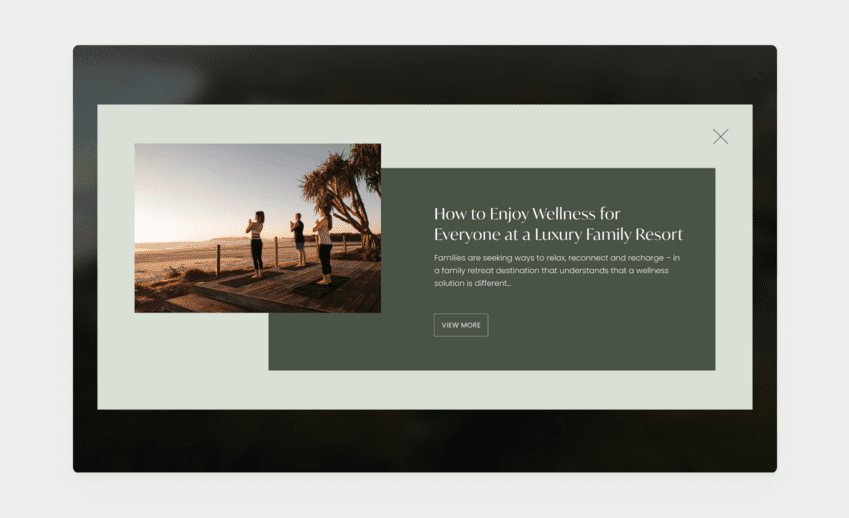Top Web Design Trends for 2025

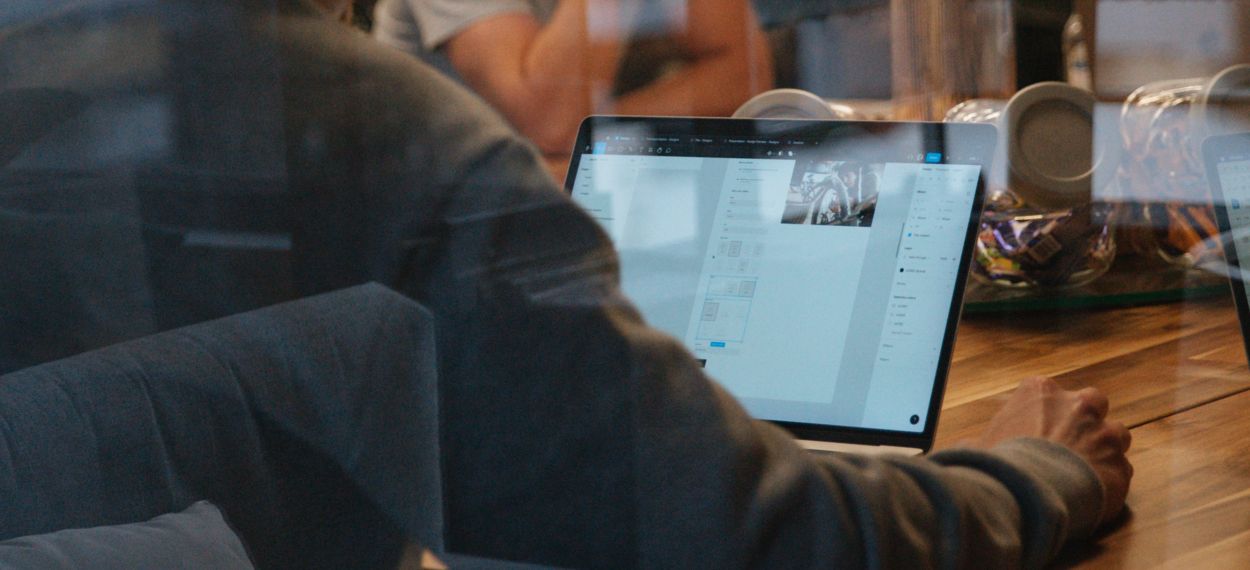


Advancements in technology, user preferences and innovative design principles continue to shape the future of web and product design every day, so staying ahead of the game can help your business retain customers and also discover new markets.
Introduction
The digital landscape and the technologies we’re used to are constantly changing and evolving.
Advancements in technology, user preferences and innovative design principles continue to shape the future of web and product design every day, so staying ahead of the game can help your business retain customers and also discover new markets.
Good digital design goes beyond aesthetics: it's a powerful extension of your brand that resonates with your audience. A well-designed website offers a world-class user experience, making it easy for users to navigate, find information effortlessly, and engage with your content. It should be intuitive, user-friendly, and, when possible, bring a touch of delight that makes the experience memorable.
At Vivo Group, we stay ahead of the curve by tapping into the latest design trends to create visually stunning and user-friendly websites. Based on our observations last year, we’ve identified top design trends that are likely to dominate the digital space. Backed by our work with clients and findings from user research, take a look at some of the trends we leverage to ensure our clients’ websites are both compelling and impactful.
Microinteractions
When it comes to visual design and interaction, sometimes less is more.
Microinteractions are subtle animations that enhance the user experience by offering visual feedback and adding an engaging layer to web design, all triggered by a user action. When used effectively, they can make a website more dynamic and memorable without overwhelming the user.
One example is a swipe animation, where the user-initiated action triggers a subtle response, such as an element sliding off-screen, indicating a successful interaction. Same with a button that changes colour on hover or has an animated effect upon clicking it—these are subtleties that define this trend.
Microinteractions are about more than just usability—they’re about creating enjoyable, engaging experiences that delight users. These tiny moments can make a big impact by:
- Encouraging user interaction
- Displaying system status
- Preventing errors
- Reinforcing brand identity
While they should always serve a purpose, microinteractions can also embody a brand’s character. They shouldn't be excessive but should fit seamlessly into the brand's look and feel.
In 2024, Vivo Group launched a frontend redesign for Roy Gripske & Sons’ suite of lawnmowing and gardening tools, integrating microinteractions to elevate the user experience. We used hover states to add playful moments, surprising users without overwhelming them with excessive feedback. This subtle approach helped modernise the site, creating a sleek and contemporary look while adhering to the brand’s traditional values.
By also extending the digital colour palette, we were able to differentiate elements across the site, reinforcing a modern aesthetic that still respected the brand's heritage. This attention to microinteractions and visual cues helped create an engaging, cohesive online presence that supports Roy Gripse & Sons' identity.
Dynamic cursors
The cursor is a fundamental part of how people interact with digital content, serving as a key navigational tool. While the primary function of a mouse cursor is practical, it also has the potential to enhance the overall visual experience of a website. By integrating immersive hover and transition effects, cursors can make browsing more intuitive and engaging. A well-designed cursor can not only look appealing but also provide subtle feedback and direction, guiding users as they interact with the site.
However, it’s essential that the cursor remains a supportive visual element. It should enhance the browsing experience without becoming a distraction. The goal is to aid users in taking action and exploring different sections of the website seamlessly.
At Vivo Group, we incorporate dynamic cursors to signal user actions, indicate states, and serve as an additional visual cue on our website. This aligns with our brand while guiding visitors through actions like ‘View more’ without displaying a CTA on highly visual pages and encouraging deeper engagement with our content.
Minimalism
Minimalism continues to be a dominant trend in web design, focusing on clean and uncluttered layouts. Purposeful white space is at the core of minimalism, allowing each element—whether it’s a crafted piece of copy or a standout visual—to shine. It’s about making intentional design choices and removing anything superfluous to create a streamlined and user-friendly experience.
By embracing simplicity, you can improve layout clarity, enhance readability, and guide users through seamless user flows.
At Vivo Group, we applied minimalist principles in our recent project for Elements of Byron. We made thoughtful use of white space to create a visually inviting website that reflects the brand’s luxurious yet down-to-earth ethos.
Key features include:
- Considered use of white space: Allowing content to breathe while focusing attention on key visuals and information.
- Simple icons and graphics: We used simple and minimalist icons contributing to a cohesive design language, and delicate graphics supplied by the client to add refinement to the design.
- Streamlined navigation: A clear, structured menu that enables users to explore the site effortlessly without distractions.
Sustainable web design and development
Sustainability has become a critical focus in web design and development. Sustainable web design and development focuses on minimising the environmental impact of websites. This involves optimising images and videos for reduced data transfer, employing responsive design techniques across devices, and using energy-efficient coding practices and web hosting solutions. Essentially, it's about making decisions that lower energy consumption in data centres and on users' devices, while still providing excellent functionality and a seamless user experience.
At Vivo Group, we use Upsun (formerly Platform.sh) for our hosting needs. As a Platform-as-a-Service, our enterprise hosting partner helps clients minimise the environmental impact of their applications by hosting them in the cloud, and employs optimised server density usage, which reduces total resource use to up to 12 times, as compared to an AWS EC2 virtual machine. Upsun is committed to greener hosting, aiming to create a more sustainable digital ecosystem.
By integrating sustainable practices, we're able to deliver high-quality digital solutions that consider the environmental impact at every step.
Conclusion
That wraps up the trends we've observed in web design and utilised ourselves to craft exceptional websites for our clients.
When designing websites, it’s important to stay mindful of trends, and using them thoughtfully. The most effective digital products are everchanging to cater to user needs, and evolving design preferences of your audience.
Working on client projects in the past year, we’ve found that these trends are not just fleeting; they are shaping the future of web design, influencing how we interact with the digital world and the standards users expect.
Keeping up with these changes ensures that your website stays modern, engaging, and effective. Looking to refresh your site’s design? Contact Vivo Group to learn more about redesigning and modernising your website.
